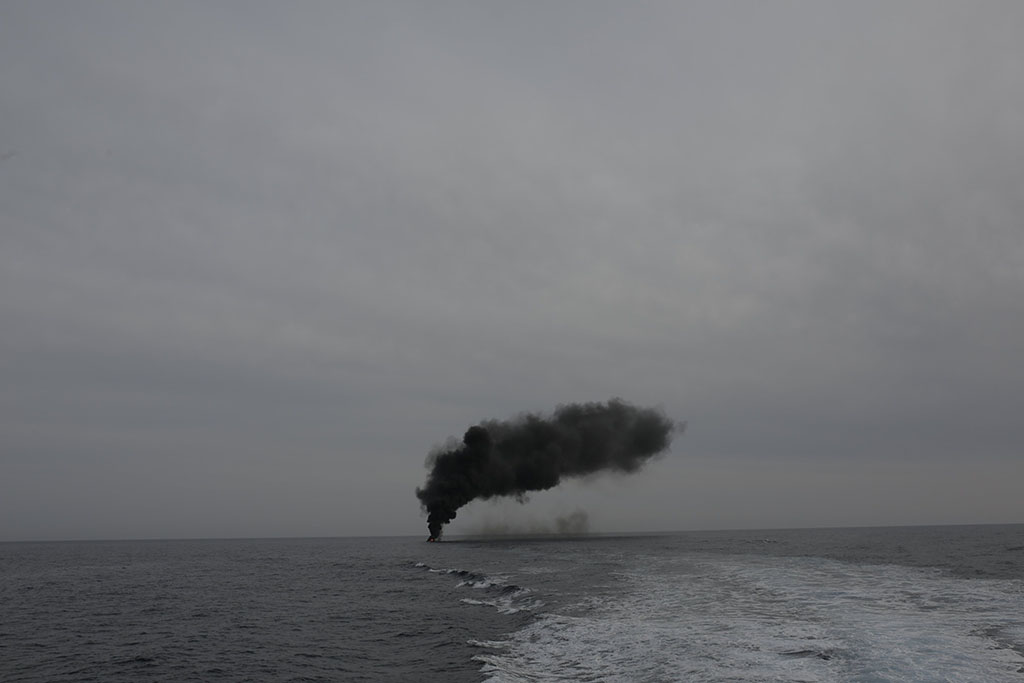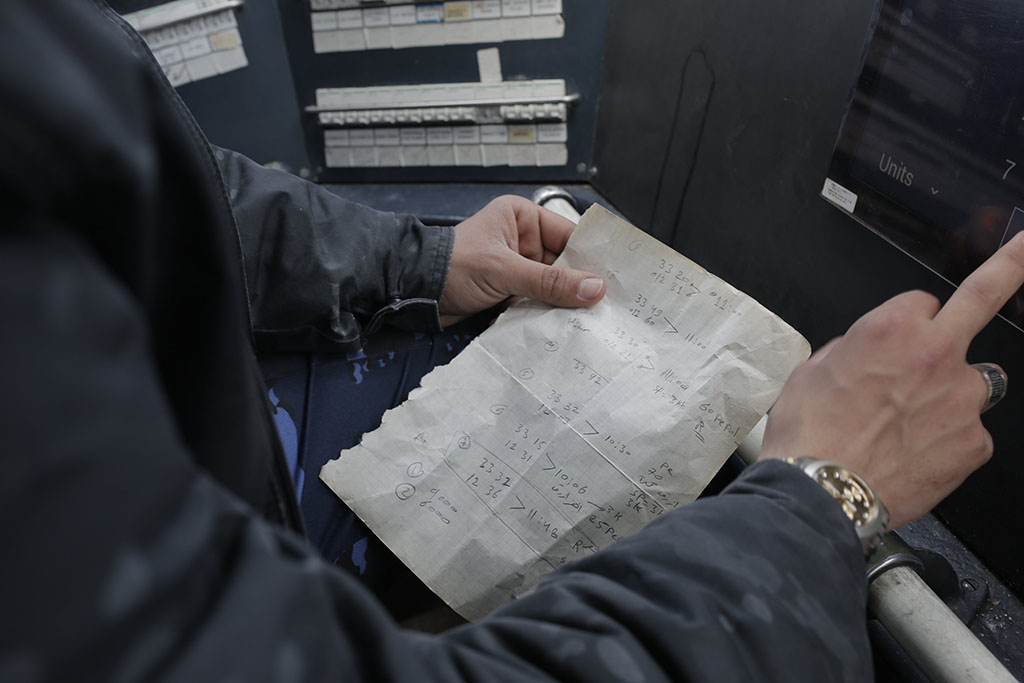Frontex in the Central Mediterranean
EU agency plays a direct role in Libyan coast guard’s interception operations
Europe stands accused of creating a proxy force in the waters off Libya to do what its own member states and agencies cannot do themselves without openly violating international laws: intercept unwanted migrants and return them to Libya. The EU and its border agency Frontex have long denied this accusation even as resources are channeled to the Libyan coast guard which has intercepted tens of thousands of people trying to reach Europe across the Central Mediterranean.
There is a confusion of actors at sea with a Frontex mission, an EU naval mission, member states’ maritime rescue centres and national coast guards, non-governmental organizations operating rescue vessels, as well as two separate Libyan authorities acting as coast guards. What role are Frontex and associated European air surveillance assets playing in the interception and return of asylum seekers by Libyan forces?
Two starkly different visions of what is happening in Libya’s waters have been put forward. The first claims that Europe is investing in Libya’s capacity to manage its own waters and perform search and rescue operations as any other country would. In this version of events the material support from the EU and Italy is capacity building for humanitarian and counter-smuggling purposes. Libya has asserted its own search and rescue zone to maritime authorities and is being assisted to set up a rescue coordination centre and equip a functioning coast guard equivalent to those of Italy or Malta.
The darker version of events, supported by independent experts and humanitarian NGOs, declares that the capacity building is a fiction, serving as a thin layer of deniability over Frontex and Italian command and control over a Libyan interception force. In this version, the withdrawal of European vessels and the investment in aerial surveillance is about directing the interception operations.
What does the evidence show?
METHODS
The Central Mediterranean poses challenges as an area for open source evidence gathering and analysis. Unlike the Aegean where mobile networks afford uninterrupted voice and data coverage of most crossing points and allow for livestreams the much larger maritime area is largely outside of all but satellite communications range. Digital evidence of what happens in the worst cases often sinks to the bottom of the sea together with the people who drown.
To tackle these challenges we needed to build a database with all available sources from flight and vessel trackers to data from international and non-governmental organisations to eyewitness accounts and testimonies from survivors. These were then cross referenced against publicly available records — including Navtex warnings and advisories issued to marine traffic — confidential sources and official documents released to us under freedom of information laws. We assembled a team with deep experience of the region and supplemented our evidence base with ground reporting from Libya, including interviews with serving members of different maritime forces.
We identified 94 incidents involving attempted crossings by asylum seekers where we had at least partial information on dates, times, coordinates and numbers of people involved, as well as the main actors who intervened. This is not an exhaustive list of all attempted crossings but a selection of them in which some data was obtainable.
We found that the Libyan coast guard intercepted asylum seekers in 56 of these incidents. In 20 of them we were able to prove that a Frontex aircraft was flying in the immediate vicinity and can state with a high level of probability that they were aware of the boat in distress. In a dozen cases, it is also clear that Frontex was the first actor to detect the asylum seekers’ boats. This is important as it helps to establish a chain of responsibility over subsequent actions, such as which authorities are informed of the incident and in what order.
The different layers of data collected from NGO incident reports and shipping and flight tracking data was combined into an interactive map that enabled the team to track the proximity of commercial ships to the migrant crossings and distress calls. This visualized data enabled the team to replay incidents and establish the location and relation of key actors throughout.
In this data there is a clear pattern discernible. Boats in distress are spotted, communications take place between European actors and the Libyan coast guard. No notice is given to nearby commercial shipping or NGO vessels despite its proximity to urgent situations where boats are in distress on the open sea.
While the real numbers could be far higher, this representative sample showed that Frontex was present and watching while at least 91 people went missing and are presumed to have drowned.
STORYLINES
While the EU funds, trains and equips the Libyan coast guard and has invested in plans for a Libyan Maritime Rescue Centre, the legal defence for its actions rests on denying actual command and control over their operations. Reports in our media partners Der Spiegel, ARD, Libération, Domani and Trouw show the direct results of this framework. While asylum seekers risked their lives at sea escaping Libya and trying to reach Europe, the nearest vessels are not warned by either Frontex or responsible Maritime Coordination Centers. By analysing data, there is another pattern visible: Frontex flies in the direct vicinity of a boot in distress and while none of the merchant vessels respond or seem to have been warned despite being close to the incident. In these cases a Libyan coast guard vessel arrives after a significant time lag and the people are returned to shore in Libya. These delayed rescues are also contributing in a number of incidents to lives being lost at sea.
Domani reports that the EU funds the Libyan coordination centre just enough so it could claim it controls their own Search and Rescue zone (SAR) but that the reality on the ground is different as ARD program Monitor shows in its report. They demonstrate how the Libyan coast guard operates, their lack of equipment and how European planes are directing them from the sky.
Despite the denials of any command and control structure new evidence uncovered by Lighthouse Reports with Der Spiegel, Libération and ARD Monitor reveals back channels between Frontex and the Libyan coast guard, including Whatsapp groups where coordinates of refugee boats are shared.
The evidence demonstrates a level of engagement and direction which, experts say, violates European and international law. It also contradicts assertions by Frontex that it does not direct Mediterranean interceptions.
To keep up to date with Lighthouse investigations sign up for our monthly newsletter
The Impact
Our investigations don’t end when we publish a story with media partners. Reaching big public audiences is an important step but these investigations have an after life which we both track and take part in. Our work can lead to swift results from court cases to resignations, it can also have a slow-burn impact from public campaigns to political debates or community actions. Where appropriate we want to be part of the conversations that investigative journalism contributes to and to make a difference on the topics we cover. Check back here in the coming months for an update on how this work is having an impact.



